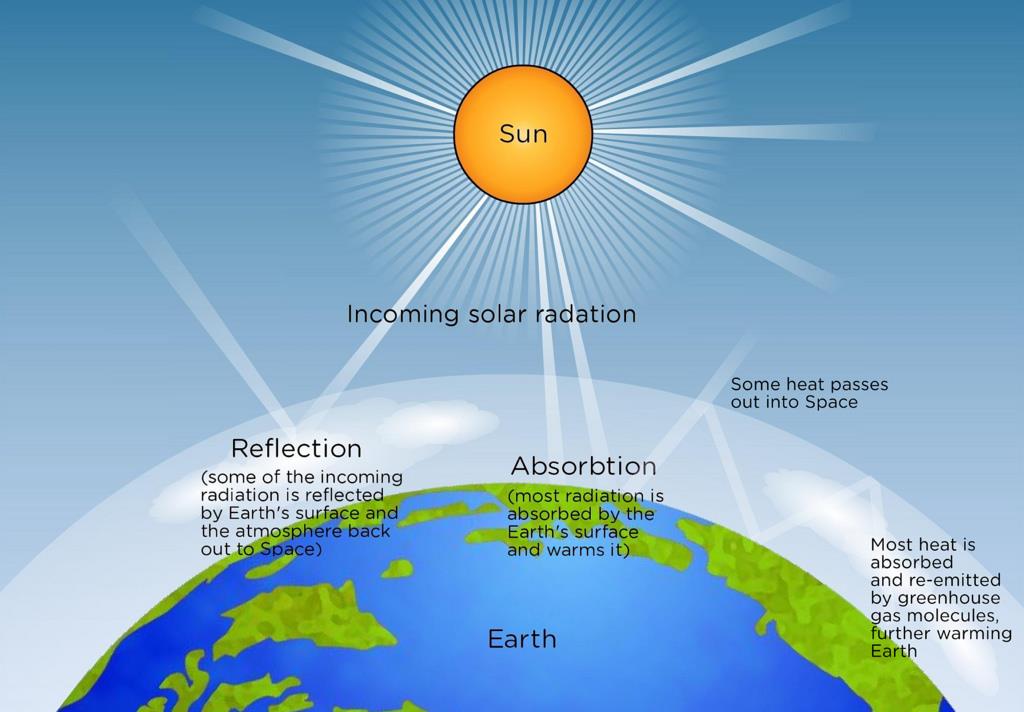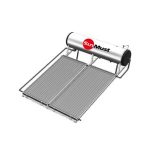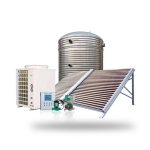What is solar insolation?
The amount of electromagnetic energy (solar radiation) incident on the surface of the earth. Basically that means how much sunlight is shining down on us.
Why is knowing the insolation level useful?
By knowing the insolation levels of a particular region we can determine the size of solar collector that is required. An area with poor insolation levels will need a
larger collector than an area with high insolation levels. Once you know your region’s insolation level you can more accurately calculate collector size and energy
output.
What units are used to express Insolation levels?
The values are generally expressed in kWh/m²/day. This is the amount of solar energy that strikes a square metre of the earth’s surface in a single day. Of course this
value is averaged to account for differences in the days’ length. There are several units that are used throughout the world.
The conversions based on surface area as follows:
1 kWh/m²/day = 317.1 btu/ft²/day = 3.6MJ/m²/day
The raw energy conversions are:
1kWh = 3412 Btu = 3.6MJ = 859.8kcal
The following scale is a basic guide for insolation levels. Although a value of 5 is not considered very high during the summer months, as an average annual value this
is very high. You will see that in central Australia, which is a hot, sunny place, the annual average insolation is 5.89.
You may compare you location to the following two extreme locations.
Average annual insolation levels:
Central Australia = 5.89 kWh/m²/day – Very High
Helsinki, Finland = 2.41 kWh/m²/day – Very Low
ANY PENDING QUERIES, PLEASE FEEL FREE TO CONTACT US:
Mobile: +86 180 0660 1051
Inquiry E-Mail: info@riwatt.com
Web:www.riwatt.com




Leave A Comment
Your email address will not be published.